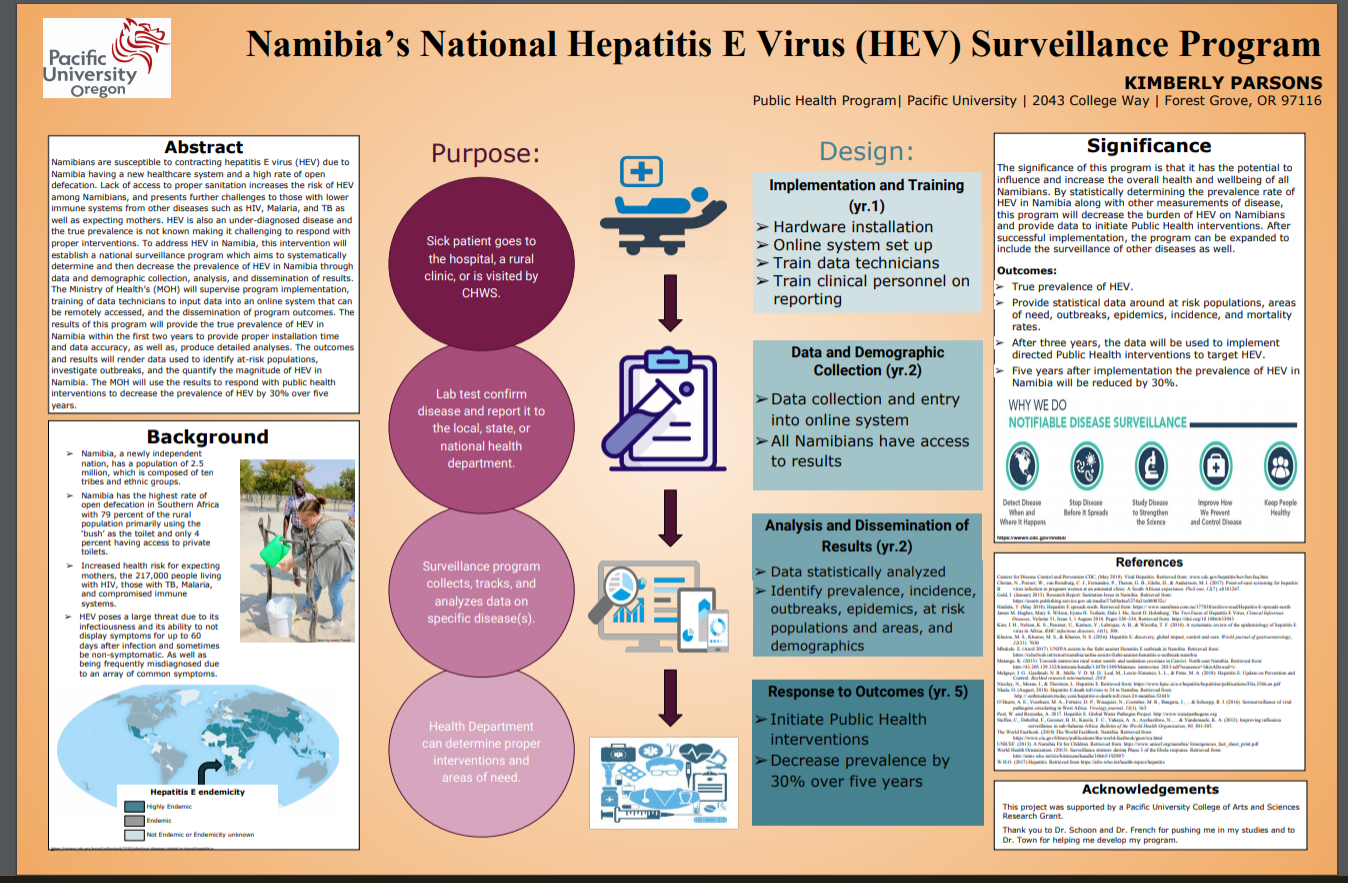Hallo Leute,
I am writing this post in English first because I want to make sure it is clear and understandable. I want to talk about my research for Public Health so I will be using some specific terms that I want to ensure I don’t translate incorrectly. To begin with, my Public Health research is focused on the expansion of the Community Health Worker Program in Namibia. Community health workers can also be referred to as lay workers, health extension workers. Another key fact is that community health workers usually are not medical personnel such as certified nursing assistants, nurses, or doctors, instead, they are individuals selected or volunteered from the community in which they plan to serve. They are then trained usually by the government or a nongovernmental organization and sent back into the community to link the population to the health system and serve as extended access to care. Because community health workers play such vital roles in their community and the health system, for my Public Health research, I wanted to help their working conditions or the program itself. Before traveling to Namibia, Rebecca was put in contact with Mr. Desderius Haufiku, who is a professor at the University of Namibia, School of Public Health. Together we collaborated and discussed what research would be most beneficial to the program. It was important to Rebecca and I that we asked what research would be beneficial to their program, not to decide for them what they needed. This practice of going into another country and telling the community what they need and what they should do is not beneficial to either side and can leave the community untrusting and worse off than before. Therefore, it was necessary that we acquired community approval and participation in our research. After many discussions, it was suggested that we help expand and improve the Community Health Worker Program through a D.C.E survey. D.C.E’s stands for Discrete Choice Experiment, and are fairly new in the Public Health field with only being used within the last twenty years or so. The purpose of a D.C.E. survey is to quantitatively identify the preference of determined attributes in order to determine the relativity and need of the attributes, as well as, in our case, where improvement or expansion is needed. Once in Namibia, we were able to meet Mr. Haufiku and other members of the school, along with individuals at the local clinic, hospital, a rural clinic, and hold a focus group with the community health workers too. This focus group was extremely valuable because it gave us insight into their roles as community health workers, and provided us with first-hand accounts in which helped to later develop and select attributes for the survey. After this time in Namibia, I researched similar programs to the one in Namibia and looked up different surveys, and D.C.E.’s when available to compile a list of predicted attributes to present to Rebecca and Mr. Haufiku. They reviewed the attributes and will be continuing the research this summer and over the next year. I will make a separate post about my Public Health Thesis.
Ciao!
Kimberly Parsons




